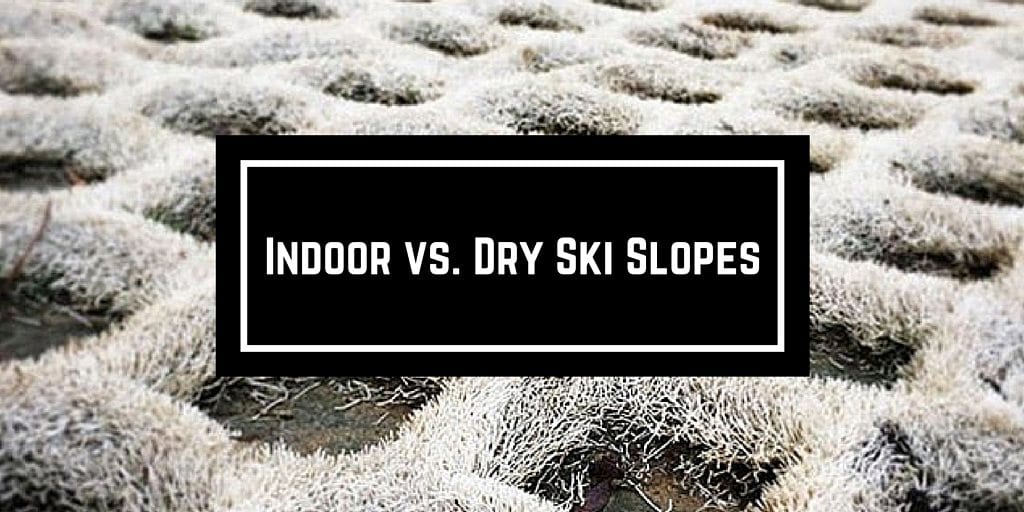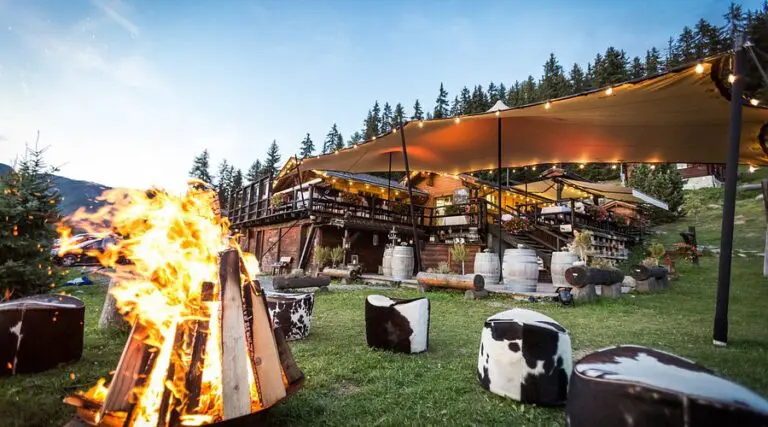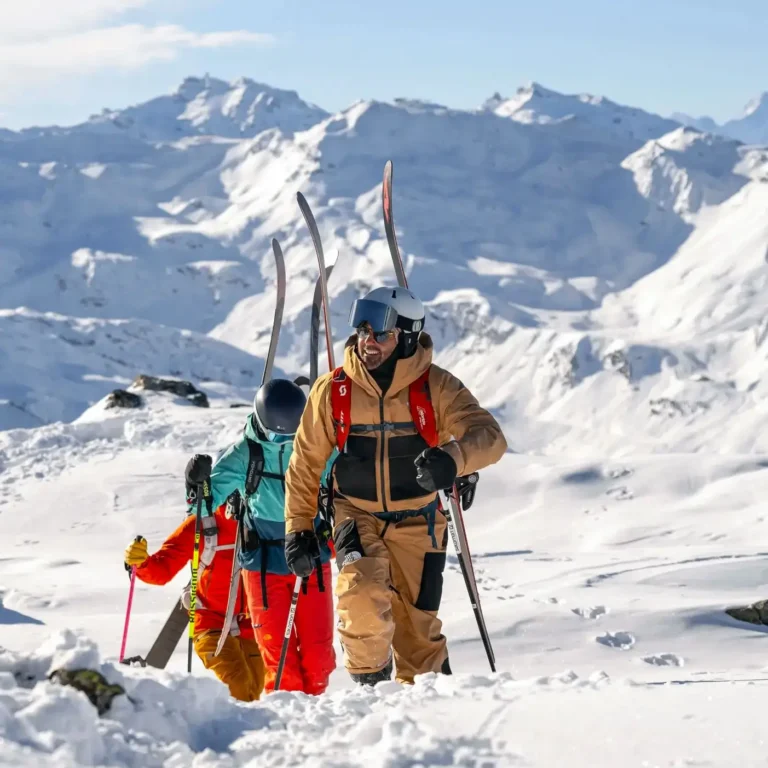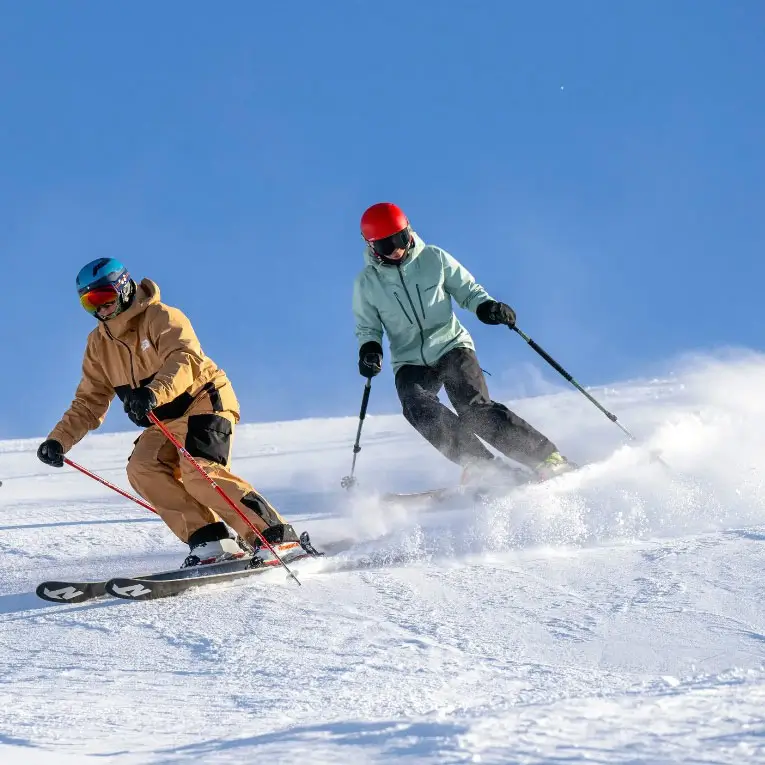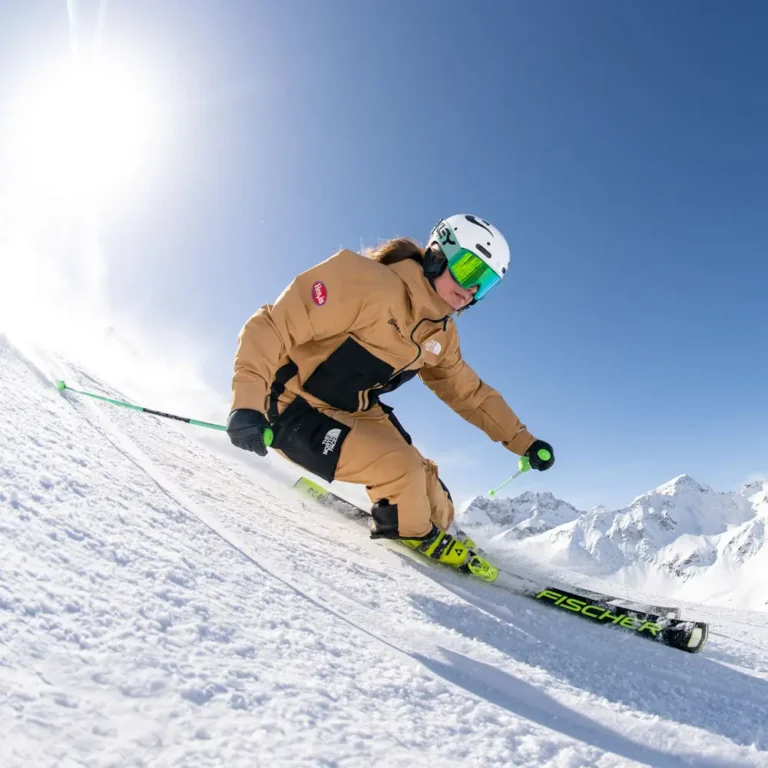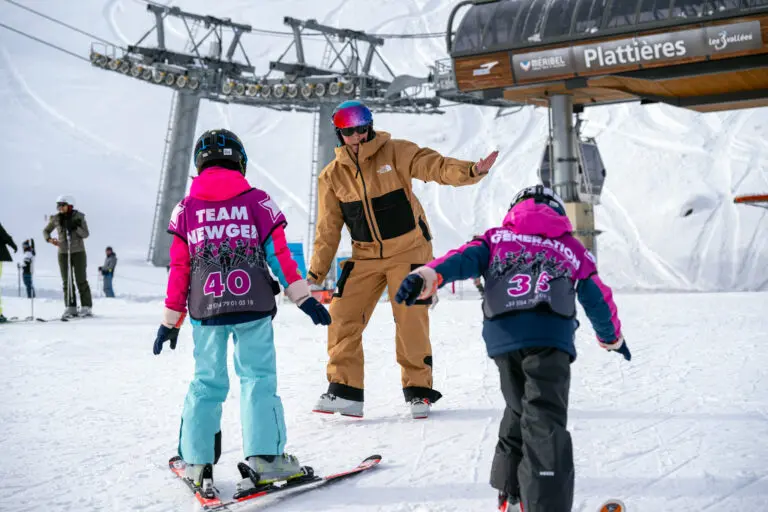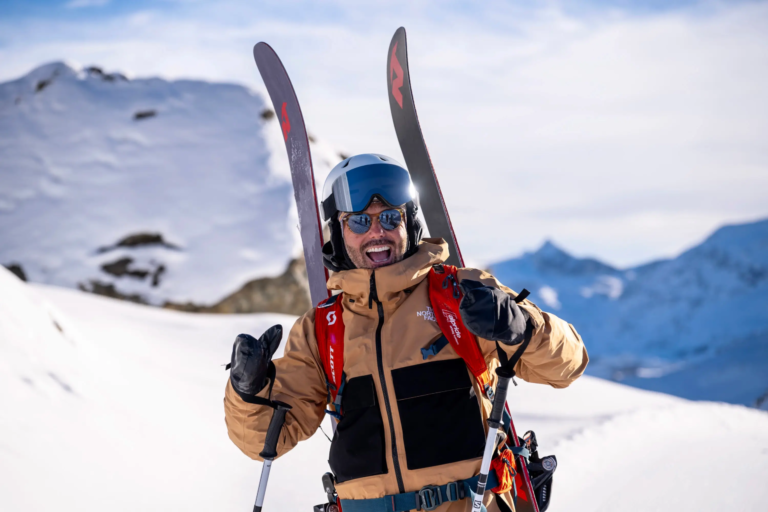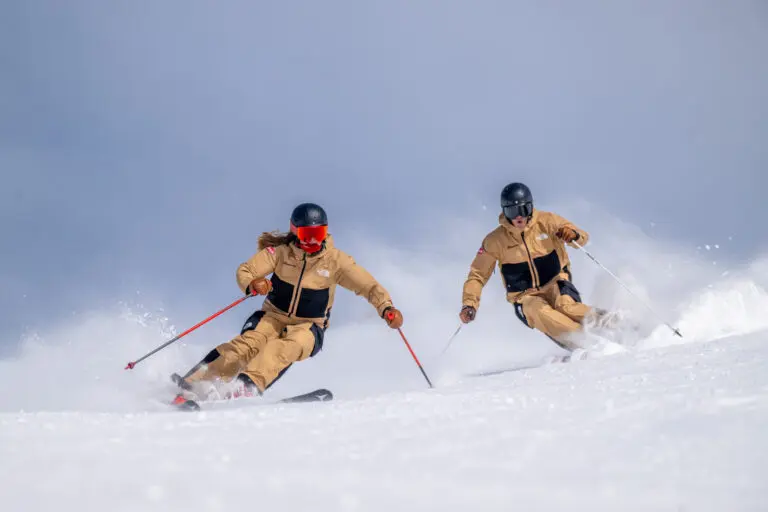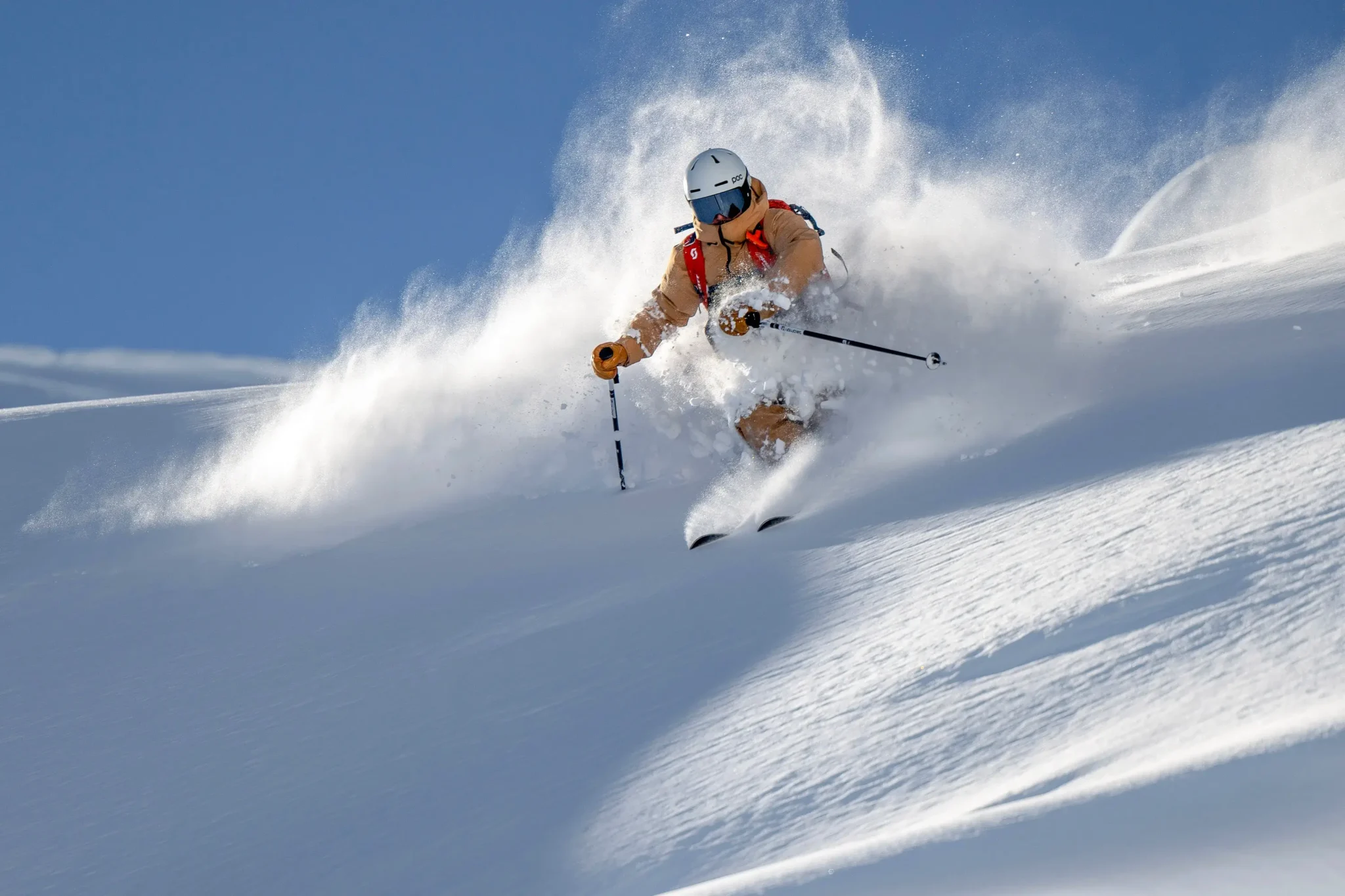Living in a Great Britain unfortunately limits your access to home based mountain resorts, fact! Thankfully we inventive Brits have built an amazing community of artificial indoor and outdoor slopes that are open all year round. We’ve mentioned before that we love indoor snow centers, but what about dry ski slopes? If you’re like us and desperate to clip into your skis all year round, we thought it would be helpful to discuss some of the pros and cons of dry ski slopes vs. snow domes and let you decide which is best for you.
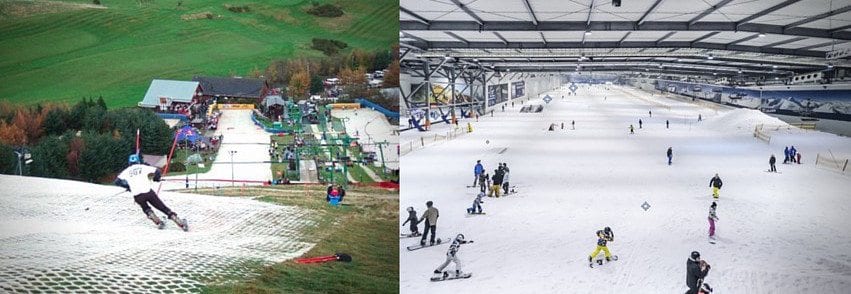
RIDING IN THE UK: INDOOR VS. DRY SKI SLOPES
Number of ski slopes
There are a lot more dry ski slopes than indoor snowdomes throughout the UK; so the chances are that your nearest slope will be an outdoor one. The Ski club of Great Britain have compiled a list of all the artificial and real snow slopes in the UK with links to each venue’s website and details.
There are plenty of slopes throughout the UK so get in touch with your local one and see what deals, clubs, lessons and events they have on. Find out the Britian’s top indoor & dry ski centres
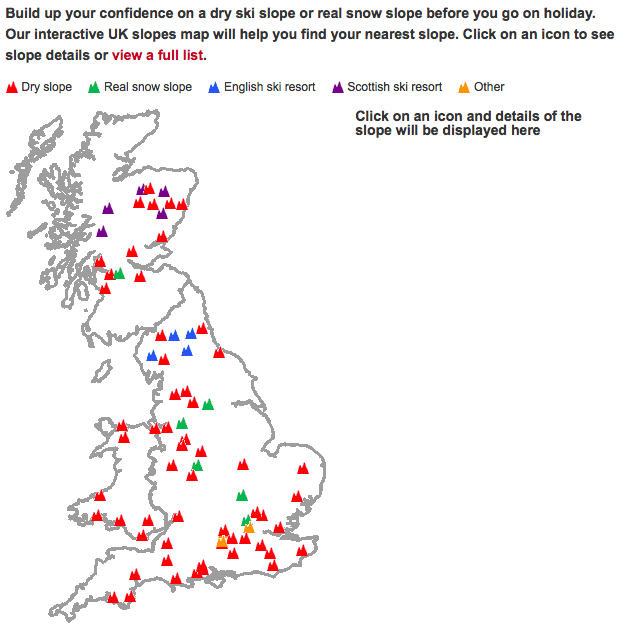
Opening times
Snow domes and artificial slopes are both open all year round with a lot of dry slopes installing floodlights to let you get some time on the hill after work. Almost every slope has lessons and courses that kids and adults can take part in. A week’s course can be a great option for keeping your small ones busy over half term.
Freestyle features
Indoor real snow slopes have dedicated nights where the park shapers will create fun and inventive parks and jumps for you to learn new tricks.
Artificial slopes also hold freestyle nights including rails and other features that can be placed on the slopes; some slopes even have permanent jumps incorporated into their design. However the design of the rails and jumps park can be slightly limited by the lack of real snow.
Surface
- Indoor slopes have real snow that makes learning and progressing a much quicker process. It is softer to fall on and when you transition to a real mountain is it exactly the same.
- Dendex has been around since the 1970s which is a series of interconnected hexagonal shapes with bristles on top. The bristles allow you slide down the slope and grip when you want to turn. Falling on dendex can be painful and this had led to the development of other safer artificial surfaces.
- Snowflex is the most commonly used material on newer slopes. It is a carpet like material that has no holes to fall in and incorporates several different layers to cushion any fall you may have.
- Proslope is another material that is a carpet like with the addition of different height bristles to reduce wear, increase speed and encourage turns.
Cost
One of the main advantages of going to a dry slope is the price. It is often half the cost or less than its indoor snow dome counterpart. A indoor session (4 hrs) can cost anywhere from £30- £40 compared to £11 – £17 on a dryslope. Saving those extra pounds means you can afford some new gear, or put it towards a holiday on a real mountain.
The summer months are a great time to get yourself a deal in a snow dome with the prices often coming right down. If you are going to be hitting the indoor slopes often have a look into membership of the dome or a monthly or even weekly passes for the most economical way of getting those laps in.
Waxing for indoor and dry ski slopes
A dry ski slope surface is a lot more abrasive on your ski or snowboard base so you want to use a very hard (cold temp) wax or one designed especially for use on dryslopes. Over time your base will get little dulled from the friction however making sure you skis are waxed will help slow this process.
In a snow dome you also want to you use a hard wax because the snow is often dirty and icy. Even though the temperature is not that low the hard wax will protect the base of your skis and allow you to make easier turns on the slope. If you are struggling for speed you could put a layer of Zardoz or other fluorinated product on top.
There are lots of clubs, evenings, and lesson groups you can join within a safe environment whether you are getting ready for a holiday or want to perfect that trick. Both types of slopes have great communities built around them where friends and sometimes family are made. Whichever form of slope you decide is the best for you there is no reason not to get out there and go skiing or snowboarding whatever time of the year it is!
We’d love to hear your thoughts about indoor vs. dry slopes! Share this on Facebook with your preference.
This article was originally published on the Ellis Brigham Blog.
